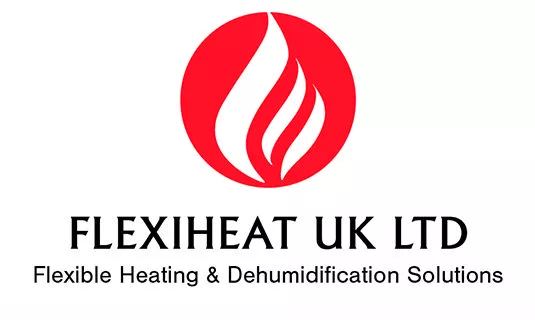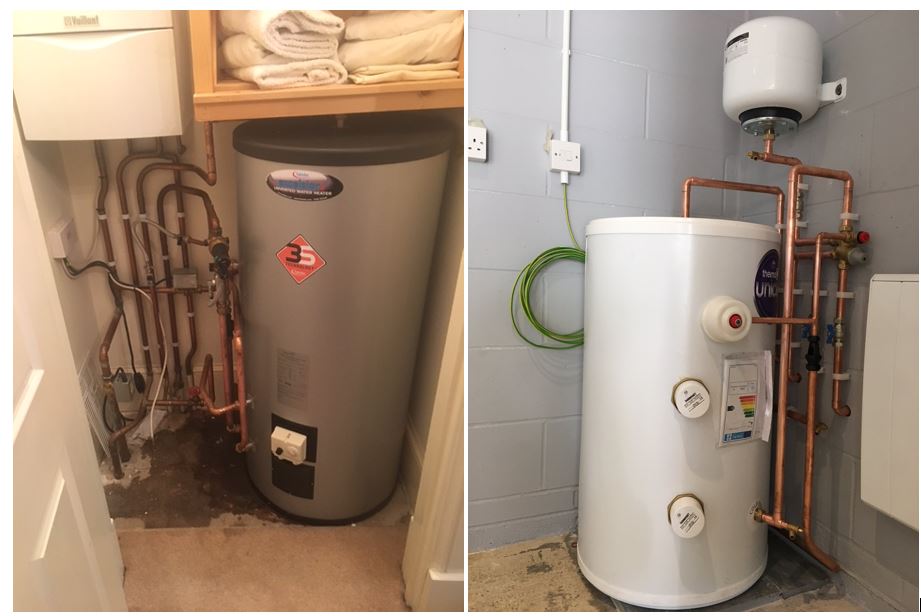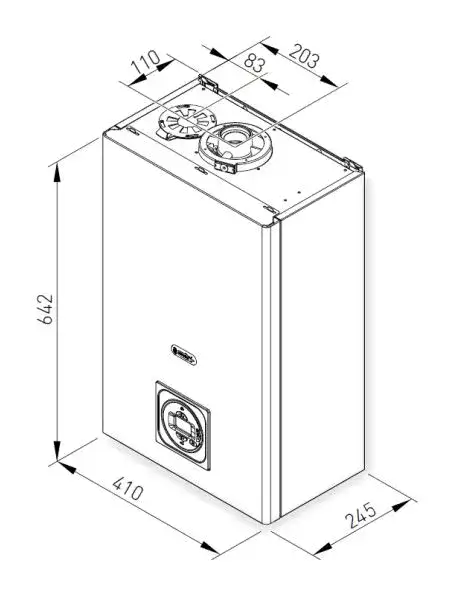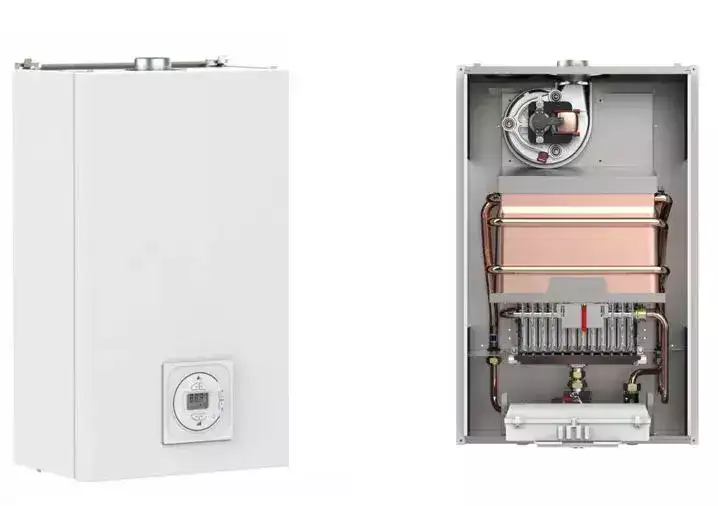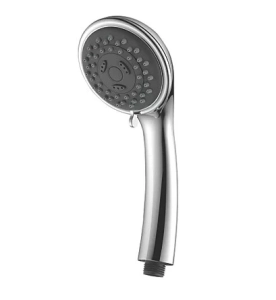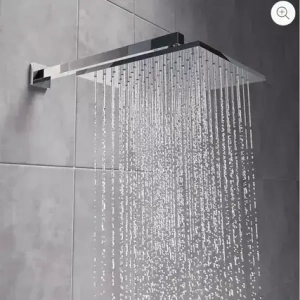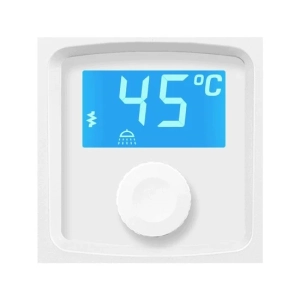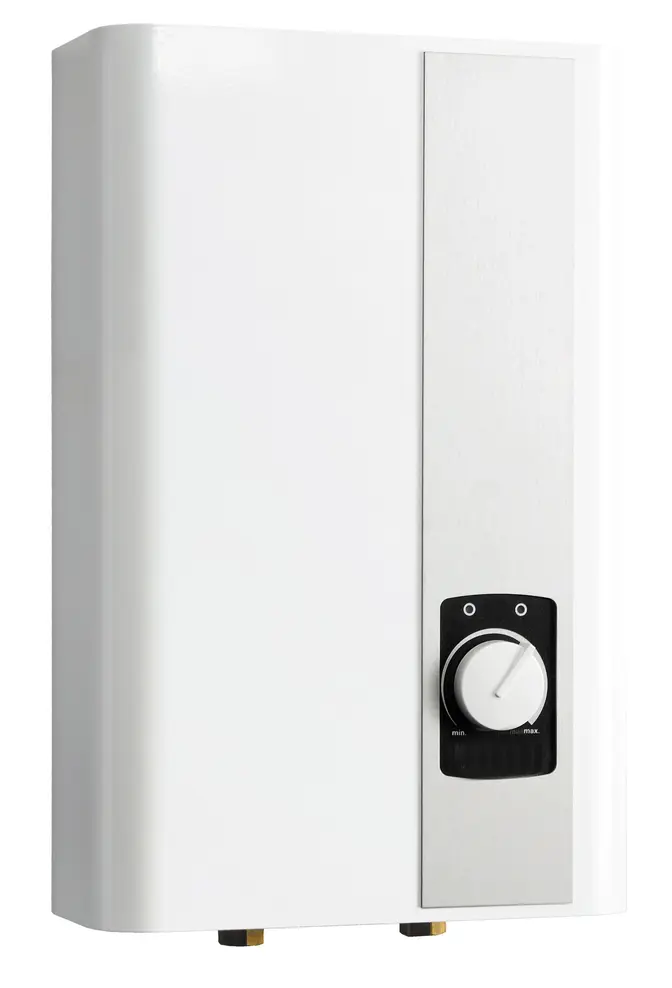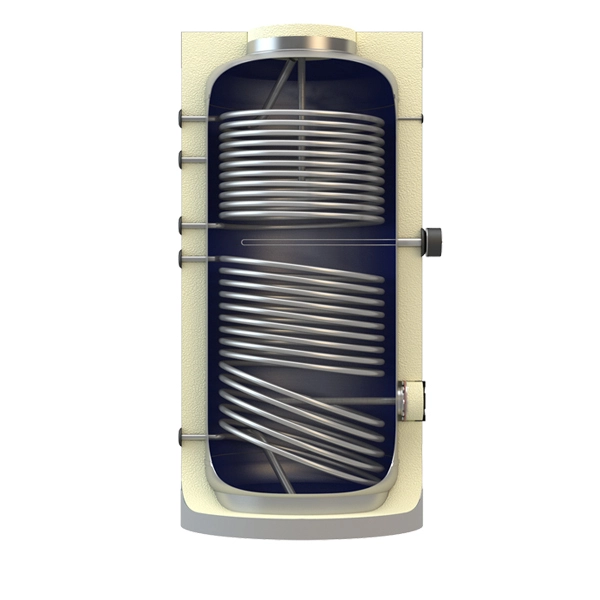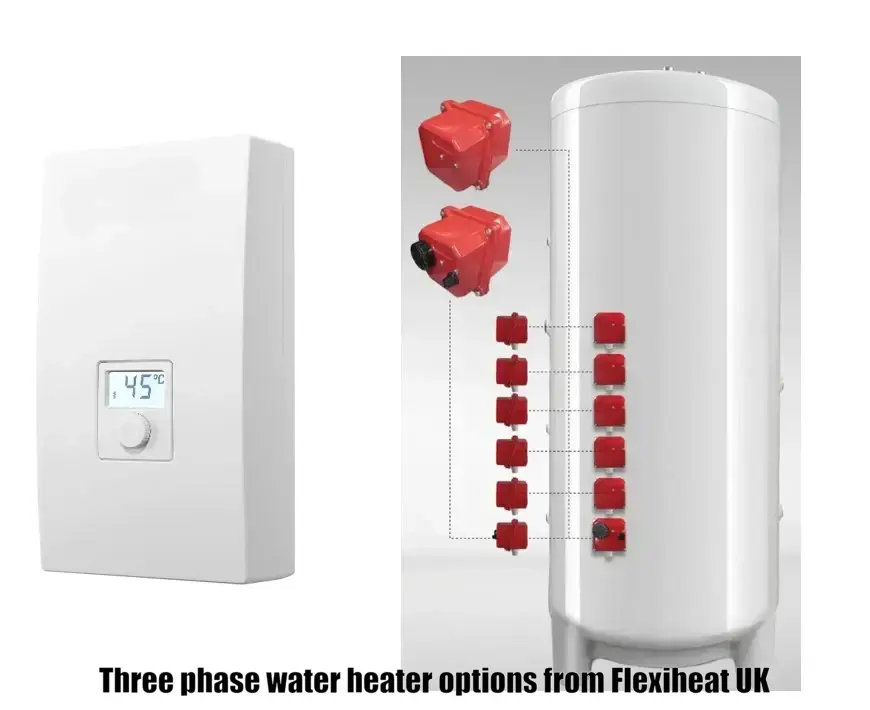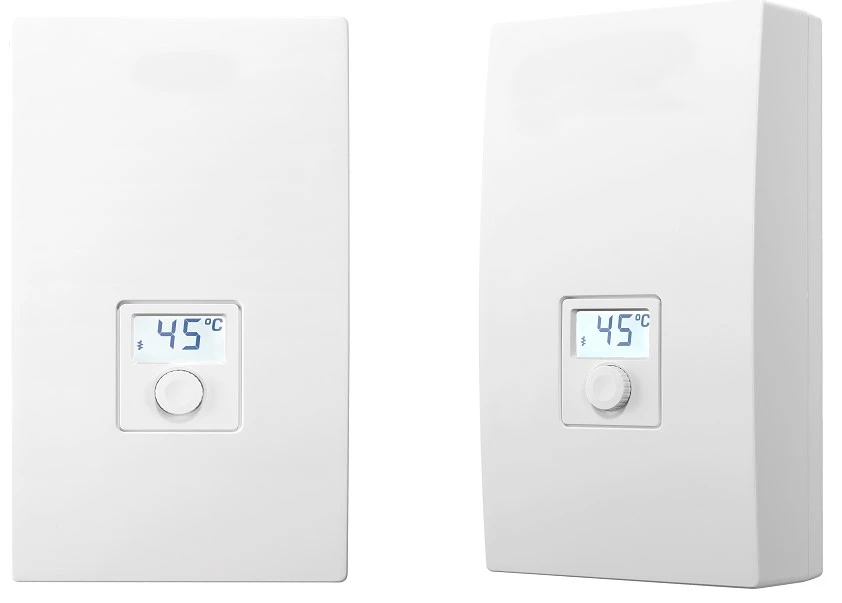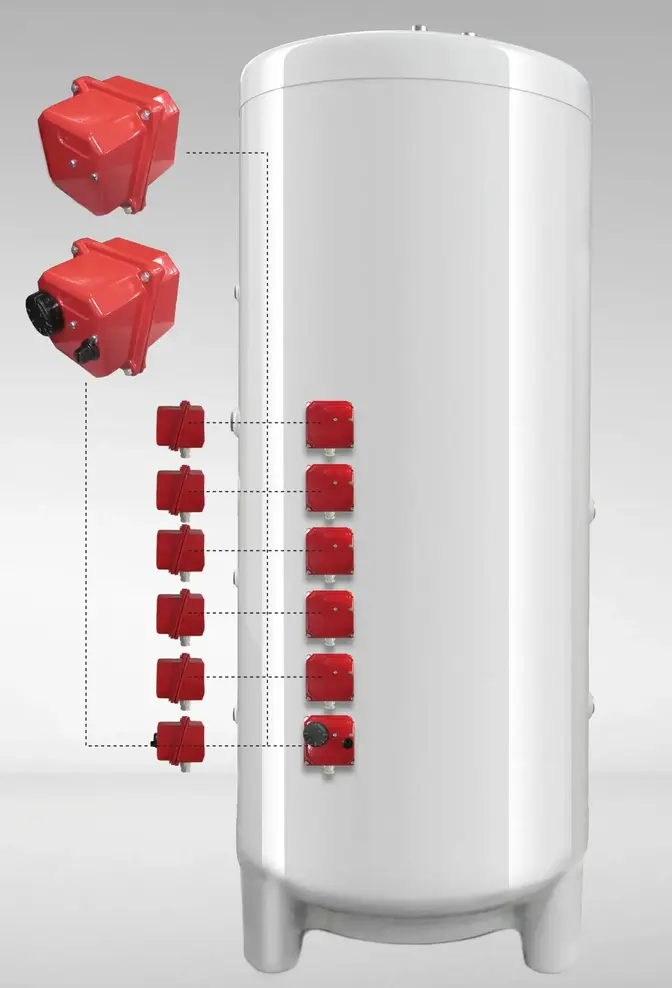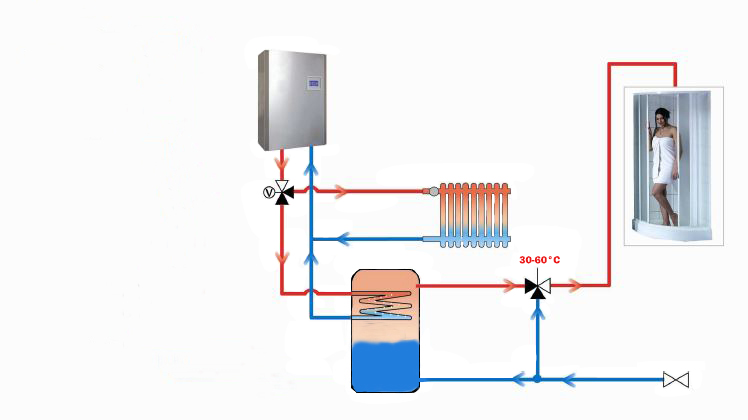250 Litre Indirect Unvented Cylinder
250 Litre Indirect Unvented Cylinder
Our 250 litre indirect unvented cylinder is the best and competitively priced cylinder on the UK market, manufactured in stainless steel with proven technology and quality manufacturing with the capacity to supply mains pressure hot water for your bathroom, shower, wet rooms, and kitchen tap hot water demands in domestic properties.
This indirect unvented cylinder is “indirect,” meaning that the cylinder has a coil within the inner cylinder, which needs to be connected and fed by a boiler, be it gas or oil. Being an unvented cylinder, you cannot use solid fuel boilers as the heat source. You must use a vented cylinder for solid fuel.
Our 250 Litre indirect unvented cylinder does not require an external expansion vessel, as it uses a patented self-sustaining internal air gap within the cylinder to account for the hot water expansion pressure that requires minimum to no maintenance.

Unvented domestic hot water self-sustaining expansion system, so no external expansion vessel is required for our unvented hot water cylinders – Flexiheat UK
What is an unvented indirect cylinder?
An unvented hot water cylinder receives its water supply directly from the main water system, allowing it to produce hot water at a significantly higher pressure than a traditional vented cylinder due to its pressurization.
An indirect unvented cylinder is a type of hot water cylinder that uses a primary coil to heat water indirectly, providing a safe and efficient hot water supply.
Indirect unvented cylinders are designed to work with a boiler as a heat source, providing a reliable and efficient domestic hot water supply.
What hot water demands is a 250L indirect hot water cylinder suitable for ?
The overall amount of hot water used is also greatly influenced by personal behaviours. The amount of hot water used by two houses of the same size might range greatly, with one household needing twice as much as the other.
Understanding peak demands and making sure you have the ideal ratio of cylinder capacity to re-heat times are the most important factors.
As a general guideline, use the following average consumption values for hot water requirements per person per day:
• Low Consumption = 20–30 litres
• Average consumption = 30–50 litres.
• High consumption: 50–70 litres
source – hotwater.org.uk
As a good rule of thumb,a 3 Bedroom + 2 Baths/Shower house should use a 250l unvented indirect cylinder.
Although if the household is a high-water user, then you should look at the next size up cylinder, our 300 Litre unvented indirect cylinder, which are detailed on this webpage – 300 litre indirect unvented cylinder
Key features and benefits
- The cylinder is made from highly corrosion resistant duplex stainless, ensuring a long product life and minimal maintenance.
- Note – No sacrificial anode is required for a stainless steel unvented cylinder.
- Our units are manufactured and certified in accordance with the following approvals – BBA, CE, KIWA, ISO, NSF WRC and WRAS independent approvals.
- Quality manufacturing and proven technologies at a competitive price.
- We use a stainless steel indirect heating coil (heat exchanger) to speed up heat recovery,minimize heat loss and enabling high flow rates
- We use 60mm insulation to reduce heat loss – we use reduce heat loss manufactured factory-injected polyurethane foam insulation bonded onto out highly corrosion resistant duplex stainless steel tank on our 250 Litre cylinder to minimise heat loss and running costs.This high grade insulation is HCFC/CFC free (ODP=0, GWP=1).
- Minimal heat loss: Because these units have an ErP rating, they lose less heat, which is better for the environment.
- Fitted with a 3kW immersion heater as standard. This immersion heater is made form Incoloy for long durability.
- The pressure relief valve ensures a safe and efficient operation of these stainless steel indirect water heaters.
- It offers high flow rates for showers and baths in both residential and commercial settings at a maximum inlet pressure of 3.5 Bar, eliminating the requirement for a booster pump.
Our 250 litre indirect unvented hot water cylinders are manufactured from duplex stainless steel and thus don’t require a sacrificial anode, which results in less maintenance time and costs for our 250 litre indirect unvented cylinders.
Our indirect unvented cylinder range allows for installation in smaller spaces because it doesn’t require an external expansion vessel. On the left is our indirect unvented cylinder with no expansion vessel installed, and on the right is an indirect cylinder with an external expansion vessel system, which requires a lot more space for the associated pipework and connections.
Hot water cylinder detail for our 250 Litre unvented indirect cylinder
First we have the basic dimensions of our indirect unvented cylinder 250 Litres in capacity.
Heat up times, recovery times, and weights of our 250L indirect hot water cylinder—unvented model.
Download the –Indirect and direct hot water cylinders in stainless steel brochure from Flexiheat UK
Download the – Installation and maintenance manual for Flexiheat UK indirect and direct hot water cylinders
Hi flow rate 250L indirect unvented cylinder option
We can also supply a 250l indirect unvented cylinder yo enabling high flow rates for larger domestic and commercial water heating demands; this option benefits from 28mm pipe connections and 28mm venturi valve rather than the standard 22 mm pipe connections and 22mm venturi.
Standard indirect hot water cylinder unvented components supplied
- Temperature/Pressure Safety Relief Valve: set at 90°C and 7 bar pressure (factory fitted to the indirect unvented cylinder)
- The combination (control) valve consists of a line strainer, a non-return (check) valve, a pressure reducing valve, and an expansion relief valve. Supplied lose to be fitted to the incoming cold water mains pipework to reduce the maximum inlet pressure to 3.5 Bar.
- 3kW Incoloy (a better material than stainless steel) immersion heater, which is single-phase 240 Volt powered, incorporating a control thermostat and re-settable safety cut-out with wras independent approvals. For back up hot water heating or a cheap economy electric power system.
- We have the option to upgrade the immersion heater to a 6kW version on this indirect unvented cylinder, which can be powered by either 1 phase or a 3 phase electric power supply
- The energy cut out thermostat is set to operate at 82°C (+/-5°C).
- Motorised valve to cut the heat source plumbing to the cylinders in the event of a high temperature cut out activation.
Warranty of our indirect unvented cylinder
Because this 250L indirect unvented hot water cylinder is manufactured in duplex high quality stainless steel, which is highly corrosion-resistant.
The hot water cylinder comes with a 25-year guarantee when used in a domestic water heating application (standard household use). If used in a commercial water heating application, then the warranty is reduced to a 5 years.
G3 unvented indirect cylinder installation regulations
Section G3 of the Building Regulations (England and Wales) covers our indirect unvented cylinder range, along with Technical Standard P3 (for Scotland) and Building Regulation P5 (for Northern Ireland). Compliance can be achieved through a Competent Person Self Certification Scheme, where a heating engineer with the Unvented G3 Certificate possesses the necessary knowledge and skills to install and maintain unvented hot water storage systems, or by notifying the local authority building control department of the installation.
Do not try to install or service an unvented cylinder unless you have the necessary certificate or qualifications. An unvented hot water cylinder can explode if not correctly fitted with all of the safety systems that they require.
Installation and maintenance considerations
Ensure the cylinder is installed by a qualified professional and follow the manufacturer installation requirements, with the tundish positioned for occupant visibility and away from electrical devices.
Regularly check and service the pressure relief valve in line with the servicing instructions.
To prevent hot water limescale buildup within the cylinder, especially in hard water areas, consider adding a scale defender.
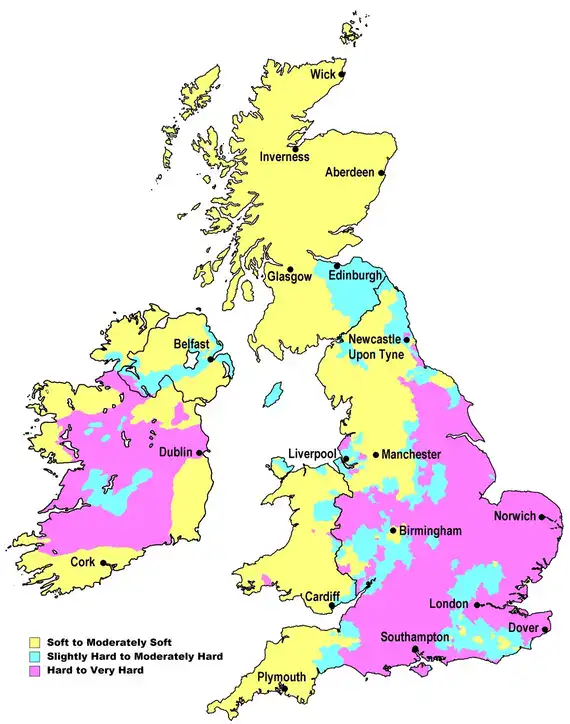
Water hardness map of the UK and Ireland – a lot of the country is Hard to Very hard in terms of calcium levels, which effects scale potential.
Contact us
For more details, check stock, lead time,delivery,price or to purchase our 250 litre indirect unvented cylinder, as we sell direct our competitively priced cylinder,which is made in the United Kingdom from duplex stainless steel with quality manufacturing methods and a manufacturer 25 year warranty (for domestic use). Please contact our sales team on 01202 822221 or use our site email contact form.
